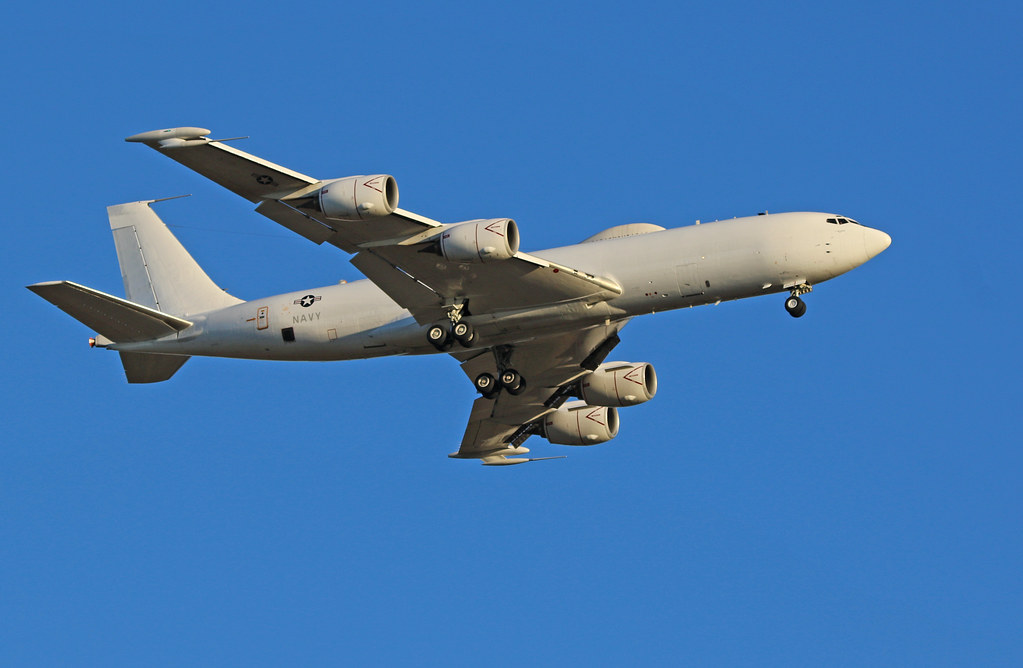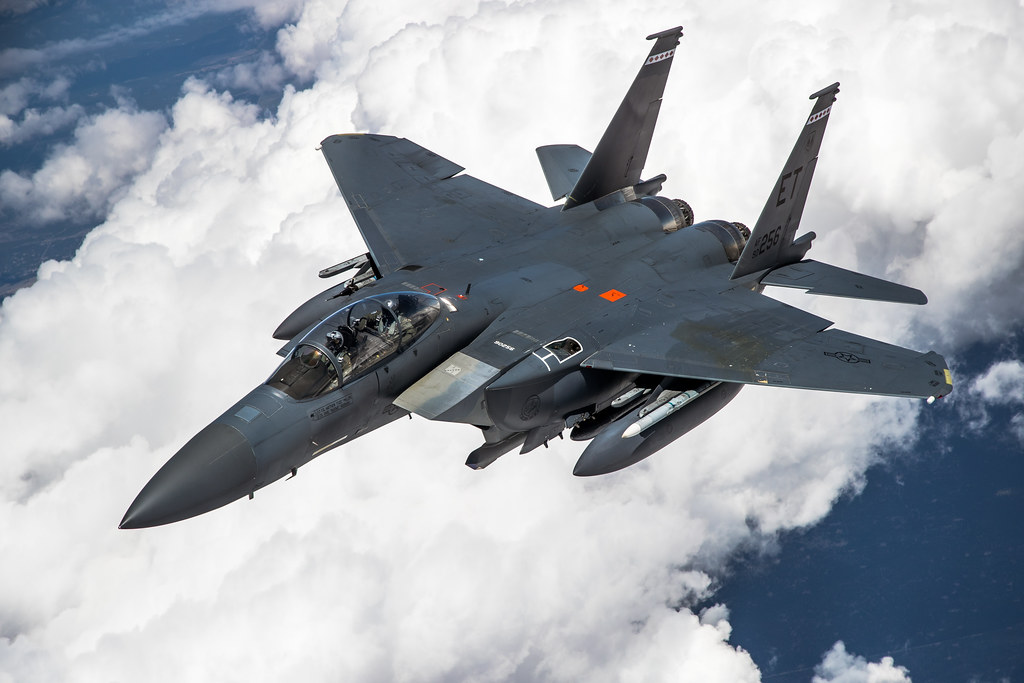
In an era marked by heightened global tensions and technological advancements, the U.S. Air Force has announced a strategic investment in its nuclear command and control capabilities with a $13 billion contract awarded to Sierra Nevada Corp. (SNC).

This significant investment is aimed at developing a fleet of new Survivable Airborne Operations Centers (SAOC), poised to replace the aging E-4B Nightwatch aircraft, colloquially known as the “Doomsday planes.”

The current E-4B Nightwatch, a militarized version of the Boeing 747-200, has been a staple of U.S. defense since the late 1970s.

These aircraft are fortified to withstand nuclear blasts and electromagnetic pulses, ensuring U.S. leaders can maintain command and control of military forces in the direst of circumstances.

With the ability to refuel in flight, these airborne fortresses provide a mobile and highly survivable command post, encapsulating advanced communications equipment, and facilities such as conference and briefing rooms.

However, as these planes approach the end of their service life in the early 2030s, the need for a modernized fleet becomes ever more pressing. The new SAOC project is anticipated to run through July 2036, with work on the initiative taking place across Colorado, Nevada, and Ohio.

According to the contract details, the SAOC will be based on commercial airliners, with the Air Force likely sourcing from the used 747 market to form the foundation of the future fleet.

The innovative modular open systems approach will allow for more efficient updates and upgrades, keeping the technology aboard the planes at the cutting edge.

Despite the U.S. Air Force scaling back on other programs, such as the F-15EX Eagle II and the F-35 Lightning II, the SAOC has been highlighted as a priority.

In fiscal year 2024 (FY24), around $744 million has been dedicated to the SAOC program, with a request for approximately $1.7 billion for FY25.

The rationale behind such a hefty investment is clear: the Nightwatch fleet offers unparalleled assurance in a nuclear event.

It’s not just about withstanding direct attacks; the aircraft are equipped to manage nuclear and thermal effects, providing a command center that can operate in a so-called true doomsday scenario.

The SAOC is more than an upgrade; it is a commitment to future-proofing the nation’s defense. As the U.S. faces challenges from adversaries and continues to extend military support to allies like Ukraine, the reinforcement of such critical assets underscores the strategic focus on maintaining a robust and responsive military infrastructure.

The anticipation of these advanced “Doomsday Planes” signifies the U.S. military’s resolve to stay ahead in an increasingly uncertain global landscape.

With the SAOC, the Air Force not only preserves a crucial element of its defense mechanism but also sends a message of persistent readiness and enduring strength.

